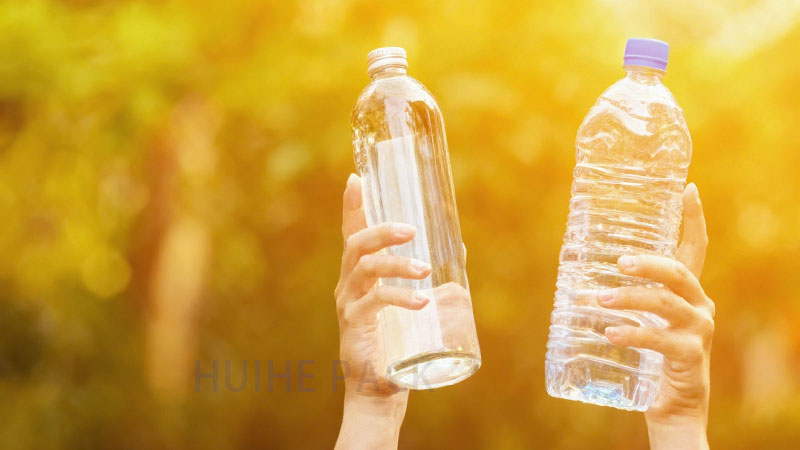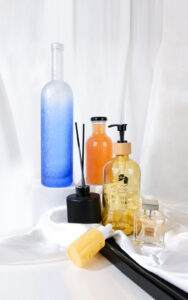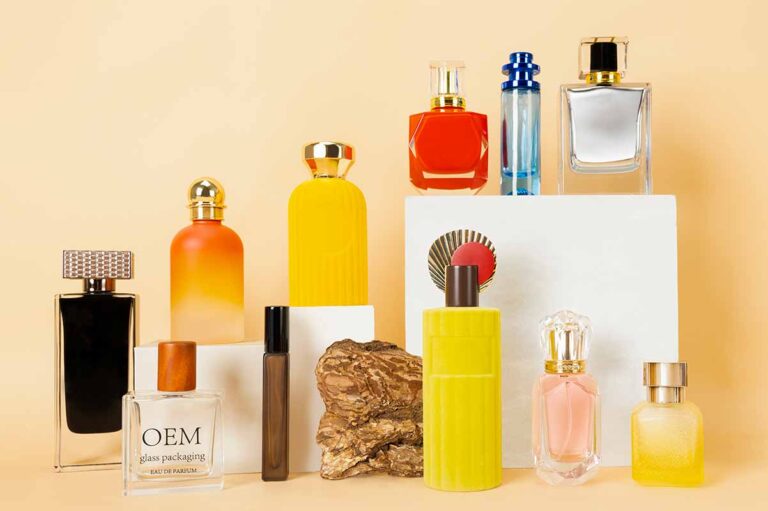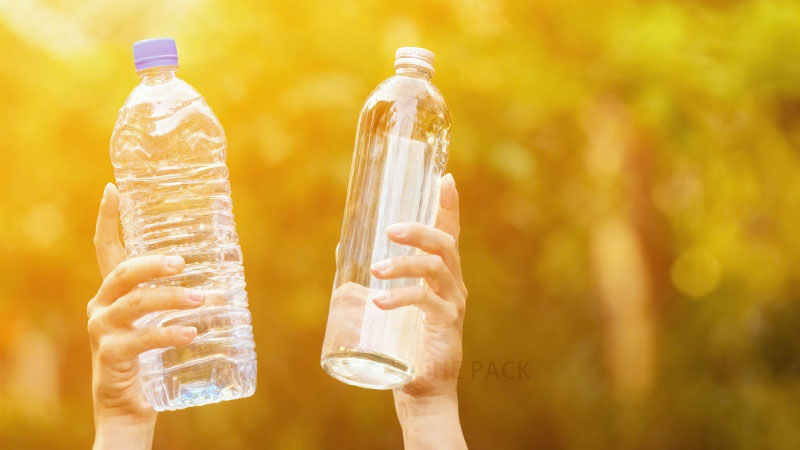
A container is an outer cover that holds a product. It can be either a form of packaging or used to protect the product during storage, shipping, or transportation. The container material determines whether your product will be safe or not. The two common container materials are glass and plastic.
But which is better, a plastic or a glass container? In this detailed guide, we explain the differences between the two and why glass might be your best option.
Introduction to Containers
Glass is more sustainable, as you can recycle or reuse it for longer with no visible change in its physical appearance. Plastic, on the other hand, is toxic and causes significant harm to the environment.
Though some people prefer plastic because it is lightweight and convenient. However, depending on your priorities, the choice between glass and plastic can be challenging. Plastic containers are more resistant to breaking, which makes them harder than glass. However, they are not the best option for food safety.
Both glass and plastic come with their own pros and cons. Knowing the strengths and weaknesses of each material can help you choose wisely.
Introduction to Containers
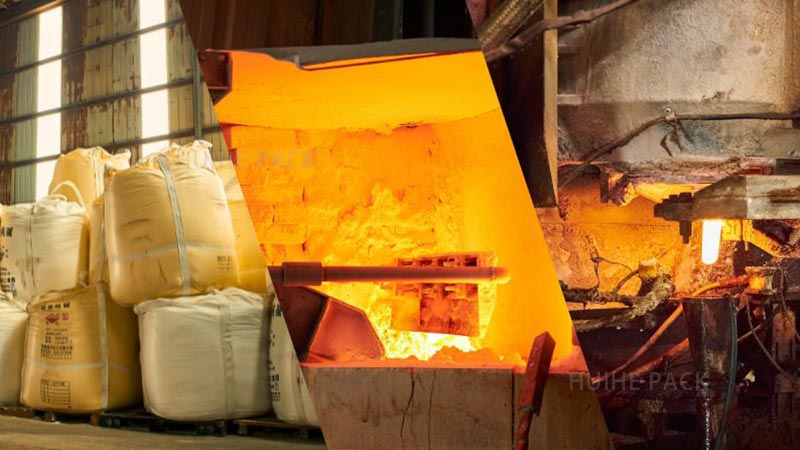
Understanding the ingredient composition for each material can help determine which is a better option depending on container usage.
What Are Glass Containers?
Sand(silica), soda ash, and limestone are the three primary materials that make up glass. Sand is the primary component that gives the glass structure. However, high temperatures are crucial for melting glass.
Soda ash is therefore added in the manufacturing process to reduce the melting point of sand. Unfortunately, it can make the glass water-soluble. To prevent this, manufacturers add limestone to make the glass structure stable. The manufacturing process involves heating the three components in a hot furnace.
The final process is to shape the molten glass into bottles, jars, or baby bottles. Glass packaging has widespread use in industries that deal with chemicals, cosmetics, pharmaceuticals, food, and beverages.
What Are Plastic Containers?
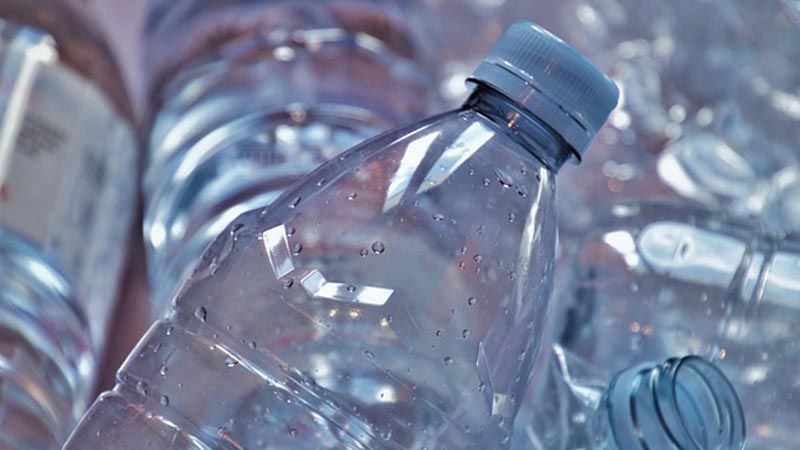
The key materials for making plastic packaging include polyvinyl chloride (PVC), polyethylene (PE), and other petroleum-based polymers. The best plastic to use will depend on the container’s purpose. Food-grade plastic material should meet specific industry standards and regulations.
The manufacturing process involves melting plastic pellets using different equipment to produce a variety of product shapes and sizes. Plastic packaging is crucial in the cosmetics, food storage, and beverage bottles industries.
Key Decision Factors
Is it better to use glass or plastic bottles? It varies based on certain factors. If you’re focused on environmental impact, glass is the better option. Glass is made from natural materials that do not release potentially harmful chemicals upon degradation. Plastic pollution occurs when the containers take time to decay and eventually release toxic chemicals into the environment.
Glass does not react with its contents, which makes it a safe option for storing drinks and food items. Plastics leach chemicals, especially when exposed to heat, resulting in health risks, especially with repeated use.
Although glass products cost more upfront, they offer greater durability. However, glass is heavier and more at risk of breaking. Plastic products are more affordable and have a higher impact-resistant nature.
Environmental Impact
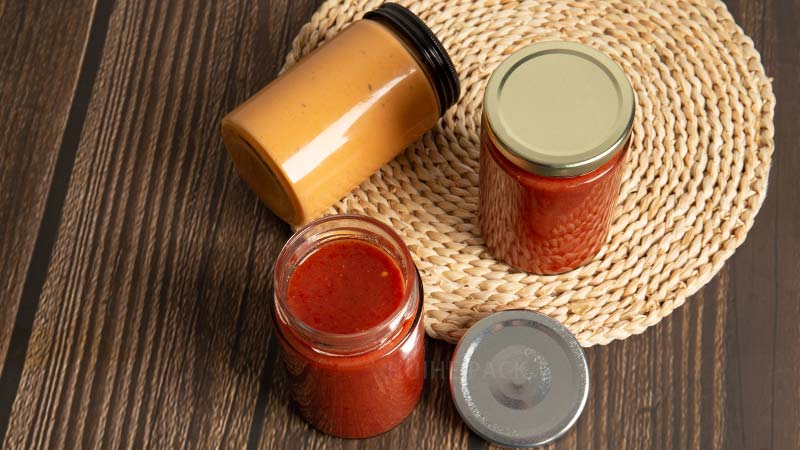
Sustainability of Glass Containers
Compared to others, glass containers are the most sustainable packaging solution available. They are produced from natural, harmless, and widely available materials. Glass is considered a healthier option for people.
Glass recycling involves melting down old glass containers and turning them into new ones that are just as strong and safe. In Europe, the recycling rate for glass is around 76%, reducing energy use and saving raw materials.
Challenges with Plastic Containers
Plastic containers do not break down naturally, but stay in the environment for years, polluting lands and oceans. Single-use plastics are even more harmful as they are used once and thrown away, creating vast amounts of plastic waste. These plastic wastes end up in waterways, harming animals and marine life.
Plastic production depends heavily on oil and natural gas, contributing to climate change and uses non-renewable resources. Plastic recycling is almost non-existent; what is possible loses quality after a few tries. Most plastics tend to leach harmful chemicals into foods and drinks.
Comparing Carbon Footprints
Both glass and plastic affect the environment, though in different ways. Glass carries a bigger environmental footprint during the initial production stage, since it requires melting at very high temperatures. However, because of recycling, glass lowers its long-term environmental impact.
Plastic production uses less energy, but comes with significant problems later on. Non-recyclability, chemical leaching, and the release of greenhouse gases are some of the factors that make plastic a source of environmental pollution.
Benefits of Glass Packaging
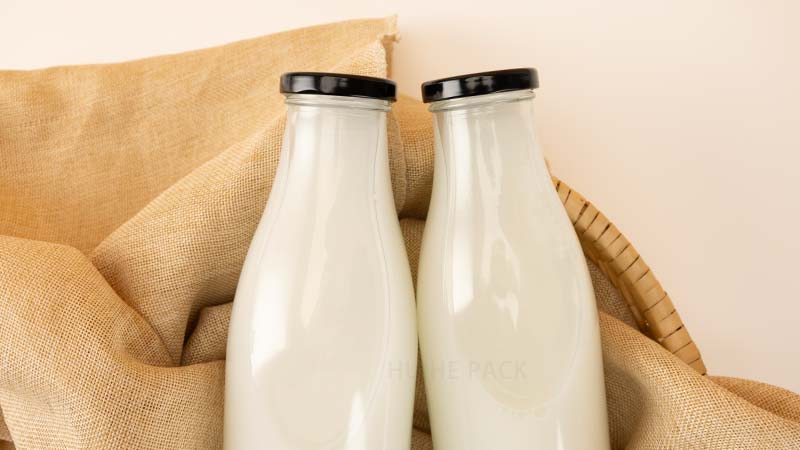
A lot of industries depend on glass packaging. Apart from product protection, most brands use glass containers to convey specific information to their customers.
Health and Safety Advantages
Glass bottle packaging offers a chemical-free storage option due to its non-porous nature. No chemical will leach into your products from the glass packaging. The absence of additives such as BPA in glass and coatings ensures there are no health risks due to leaching chemicals.
A clean and non-porous material is essential for making baby bottles and food storage containers. When you keep food, milk, or formula in glass containers, they don’t pick up leftover smells or tastes from what was stored before.
Longevity and Reusability
Glass does not absorb flavors and odors, therefore resisting stains and discoloration. Even with repeated use, glass continues to look clean and clear. Glass maintains its freshness and purity, whether you use it for food, perfume, cosmetics,or beverage packaging.
While plastic becomes cloudy or warps over time, glass packaging material maintains its clarity and quality. Glass can withstand significantly higher temperatures, unlike plastic, which melts. Even with repeated use, glass does not decay or break down, resulting in a longer lifespan than most packaging materials.
Aesthetic and Branding Value
Glass has a premium appearance that people often connect with quality and luxury products. When customers see items in glass containers, they view them as high-end and trustworthy. It’s an ideal way for product display. Glass packaging makes food, cosmetics, or drinks look fresh and elegant, making it an excellent choice for brands that want to stand out.
Glass offers unlimited possibilities when it comes to shapes and designs, allowing brands to show their unique identity. A unique design on a glass bottle or jar can make a product instantly recognizable and memorable, creating lasting brand loyalty.
Glass Production
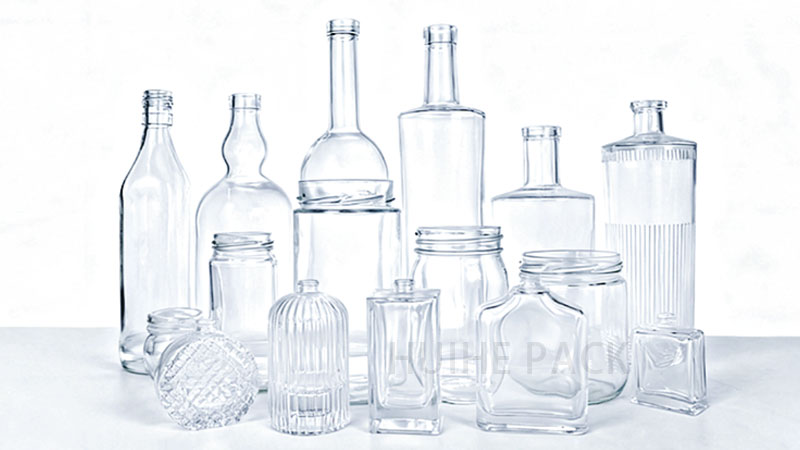
Glass production is a sustainable choice despite its many manufacturing needs.
Energy and Sustainability Considerations
The production of glass requires melting raw materials by exposing them to extremely high heat. High temperatures consume a lot of energy. However, using recycled glass lowers energy demand, unlike producing new glass from scratch.
Decreasing the need for energy results in lower carbon emissions. Glass can be recycled for a long time without losing its quality.
Design and Versatility
Molten glass can be easily shaped into various sizes and designs. Standard shapes and the industries that use them include.
- Conical or round shapes: Often used for drinking glasses, jars, and bottles in the food and beverage industry.
- Square or rectangular shapes: Common in food storage containers, perfume, and medicine bottles.
- Special shapes: Brands use special shapes for unique products, cosmetics, or luxury items.
Cost Effectiveness
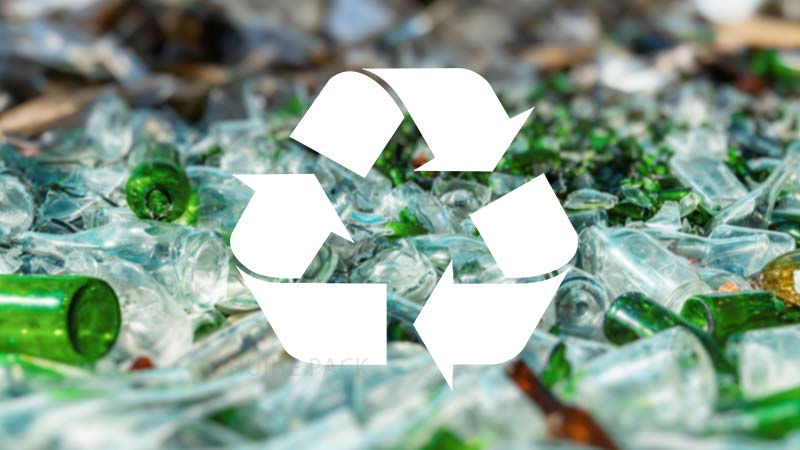
Higher energy consumption during glass manufacturing is reflected in the expenses. Plastic manufacturing requires less energy and uses less expensive raw materials.
However, glass delivers significant savings from continuous use and recycling. Glass does not scratch easily, increasing durability. Durable glass packaging helps to reduce waste, supporting eco-friendly practices.
In the long term, glass products stay out of landfills much longer than plastics. Less money is spent on waste collection and landfill space. Some communities have glass recycling programs, eventually saving on disposal costs.
Baby Bottle Options
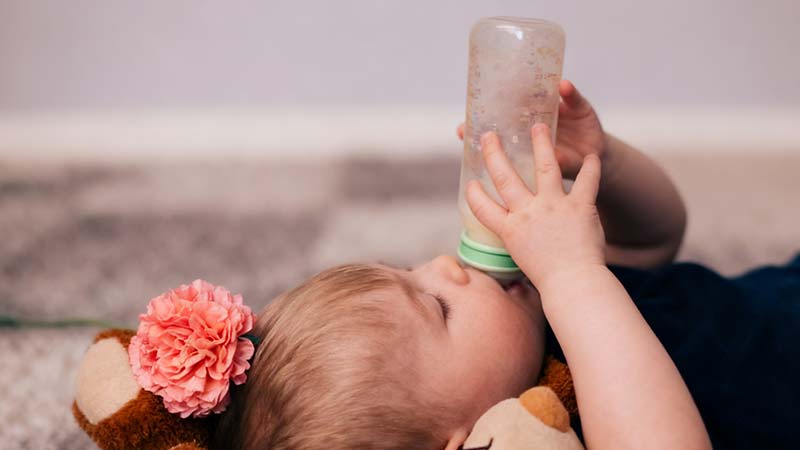
It is essential to choose the best bottle for feeding your baby. When it comes to baby products, are glass bottles better than plastic bottles?
Glass Baby Bottles
Many parents have a preference for glass baby bottles as they are durable, easy to clean, and non-toxic in nature. Parents don’t have to worry about dangerous substances leaching into milk or formula.
Glass health is crucial, especially for baby products. It is easy to sanitize glass bottles, and they don’t stain or retain odors from breast milk or formula.
The durability of glass bottles makes them resistant to scratches, keeping them clear and hygienic. However, glass bottles tend to be heavier and can break if dropped. Some brands have introduced glass bottles with silicone sleeves that help protect them from breaking or cracking.
Stainless Steel Baby Bottles
Unlike plastic, stainless steel baby bottles are free from harmful chemicals and do not leach into milk or formula. Since they can be recycled and reused, stainless steel bottles make an excellent choice for eco-conscious families.
Stainless steel baby bottles are durable, scratch-proof, and resistant to cracks. Their toughness makes the bottles ideal for travel or outdoor use, where bumps and drops are more likely. Stainless steel bottles are lightweight compared to glass, and some come with insulated designs that help keep liquids warm or cool for longer.
The downside is that parents cannot see the amount of milk inside unless the bottle has a measurement system.
Plastic Baby Bottles
Plastic baby bottles are light and easy to handle, which is especially helpful during nighttime feedings or when travelling. Parents need not worry as most modern plastic bottles are BPA-free, preventing harmful chemicals from leaking into the milk. However, some parents still worry about potential chemical exposure, especially with constant heating.
Plastic bottles are also more affordable and widely available compared to glass options. They are available in a variety of shapes and sizes, allowing parents to choose the option that best fits their baby’s needs. Plastic bottles are an affordable and practical solution for families on a budget.
Unfortunately, plastic can get scratched over time, and scratches may trap bacteria, making cleaning challenging.
Silicone Baby Bottles
By combining the benefits of glass and plastic, silicone baby bottles are also becoming popular. Silicone is non-toxic and free from chemicals. There is no risk of harmful substances mixing with the baby’s milk.
Babies can hold silicone bottles more easily as it is softer and more flexible. Silicone bottles are lightweight, which makes them convenient to carry. Being dishwasher safe, silicone bottles are simple to wash and do not hold on to stains or smell, keeping them safe and hygienic after every use.
Conclusion – Why Glass is Often the Better Choice
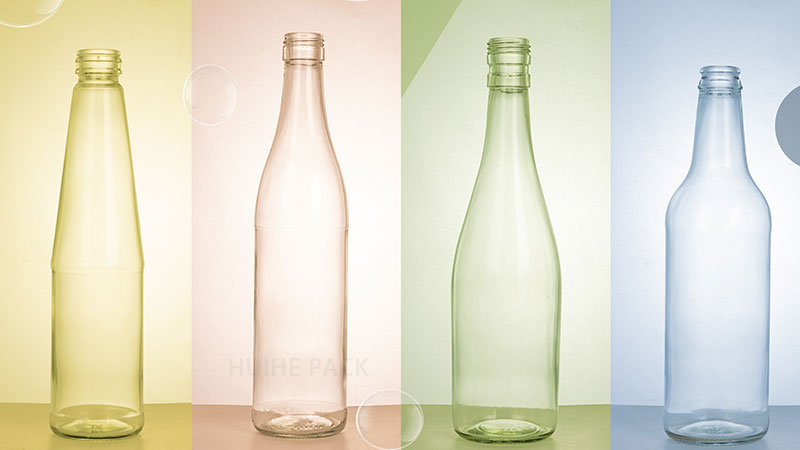
Glass stands out as a safer, eco-friendly and more durable choice compared to plastic. It can be recycled again and again without losing its strength and clarity, which helps cut down on waste and save natural resources. Glass also offers a premium appearance, which adds value to products and strengthens brand image.
HUIHE PACK is a reputable manufacturer of various types of glass products. Contact us now for high-quality, sustainable glass packaging solutions. Our team is just a message away.


